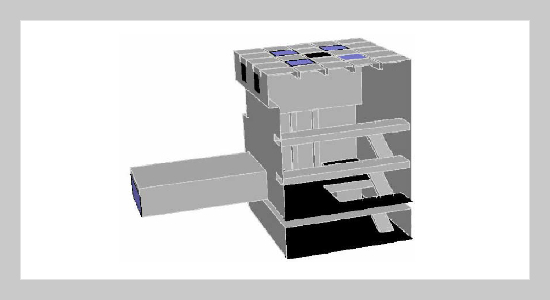Cheng-hsin Chang This email address is being protected from spambots. You need JavaScript enabled to view it.1 , David Banks2 and Robert N. Meroney3 1Department of Civil Engineering Tamkang University Tamsui, Taiwan 251, R.O.C.
2Cermak Peterka Petersen (CPP) Inc. Fort Collins, CO 80523, U.S.A.
3WEFL, Department of Civil Engineering Colorado State University Fort Collins, CO 80523, U.S.A.
Received:
January 10, 2003
Accepted:
June 10, 2003
Publication Date:
September 1, 2003
Download Citation:
||https://doi.org/10.6180/jase.2003.6.3.04
Conventional fire and smoke control systems use pressure differences across small openings and cracks in physical barriers as a means to restrict smoke propagation from one space to another and water-spray curtains to diminish or eliminate fire and smoke. Most fire codes of Unite State of American depend upon the National Fire Protection Association (NFPA), guidebooks [1,2]. In turn these propose the use of simple zone models that solve conservation of mass and energy in a control-volume sense for each zone. One weakness of zone modeling is that momentum conservation is only captured through use of loss coefficient at openings. The strength of zone models is that they are very fast compared with computational fluid mechanics (CFD) based models. Atria, covered shopping malls, convention centers, airport terminals, sport arenas, and warehouses are examples of large spaces for which these conventional zone-model approaches are not always effective [3]. CFD, sometimes called “field-modeling” in the fire community to distinguish it form zone-modeling, has an unparalleled potential as an engineering estimator of fire consequence in atria since it permits specification of momentum conservation as well as much finer spatial and temporal resolution of the fire physics [4]. In addition CFD approaches provide a link between outside building weather conditions and fire and smoke development. This paper will discuss the results of calculations for an example building atrium based on zone (ASMET [5]) and field (FLUENT [6] and FDS [7,8] CFD)-based models.ABSTRACT
Keywords:
Computational Fluid Dynamics, Fire Smoke Control, Building Atria
REFERENCES
















